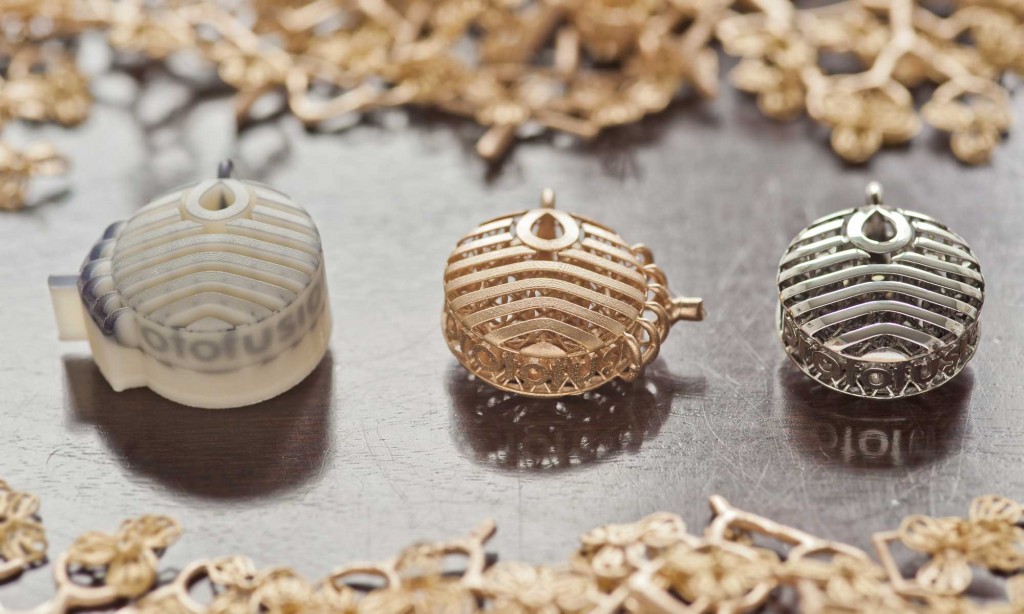Jewelry and jewels have been – and are still – one of the segments where 3D printing has already evolved as a method from prototyping to one for production, to the point where, now, going from prototype to final product is one single process. A small company of professional jewelry makers in the Northern Italian Region of Veneto – one of the main global center for jewelry production – calls this process Protofusione (protofusion), and even used this term to define the company itself.
“The name of the company comes from a production process which we consider the highest level of development we have reached in jewelry making,” said the La Protofusione’s founder Andrea Anastrelli, whose passion for 3D printing began back in 1998 and took off when he saw the first VIPER machines at the nearby Vicenza Gold Fair in 2002. To those who are already familiar with lost wax casting processes, this may seem like nothing new; however, the fact that professional artisans are implementing this technology for high level end products – and how they are doing it – is quite fascinating to me.
Sandro Festa, who runs 3DZ Group, one of Italy and Europe’s leading distributors of 3D Systems machines, reached out to me to tell me about La Protofusione’s success story as an example of how much 3D printing is already implemented for production. The company’s Protofusione process is a type of high level lost wax casting. It begins with a digital model, continues through one of 3D Systems’ Wax and Castable material 3D printers (mainly the Projet 3500 range) and then moves on to a microfusion system.
“Today we can make jewels that were impossible only a few years ago – with incredibly thin walls, closed-up net shapes, relevant undercuts – all in a shorter time and at progressively lower costs,” says Anastrelli. Digital 3D modeling lets jewelry makers obtain a highly precise view of what the final product is going to look like. They then use 3D printing to make the wax model for microfusion, without having to resort to intermediate steps.
“From a completely manual type of work we have moved to and almost entirely digital process,” Anastrelli continues, “This new technology helps us stay afloat, in spite of the terrible economic situation, while remaining very competitive in the global market. If I did not have 3D printing, I would have shut own like so many others in this sector. Out of 2,600 brands a few years ago, only about 400 have survived. 3D Systems’ versatile and high-resolution machines that 3DZ supplied allowed me to stay and even prosper in this market.”
With this method, La Protofusione can create, not just a single prototype, but several dozens of models in on single print tray. When it comes to jewelry these are full production rates and this is happening now. In my mind, as direct metal 3D printing becomes more affordable, companies such as La Protofusione will begin shifting toward these technologies. 3D Systems, among others, has machines for that too.





